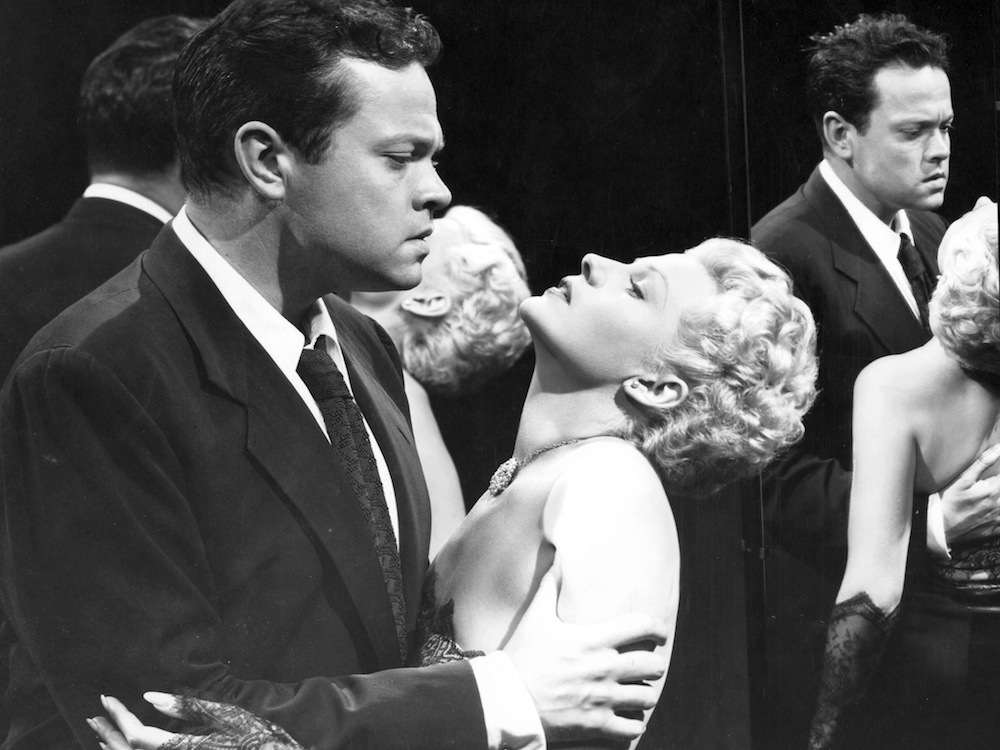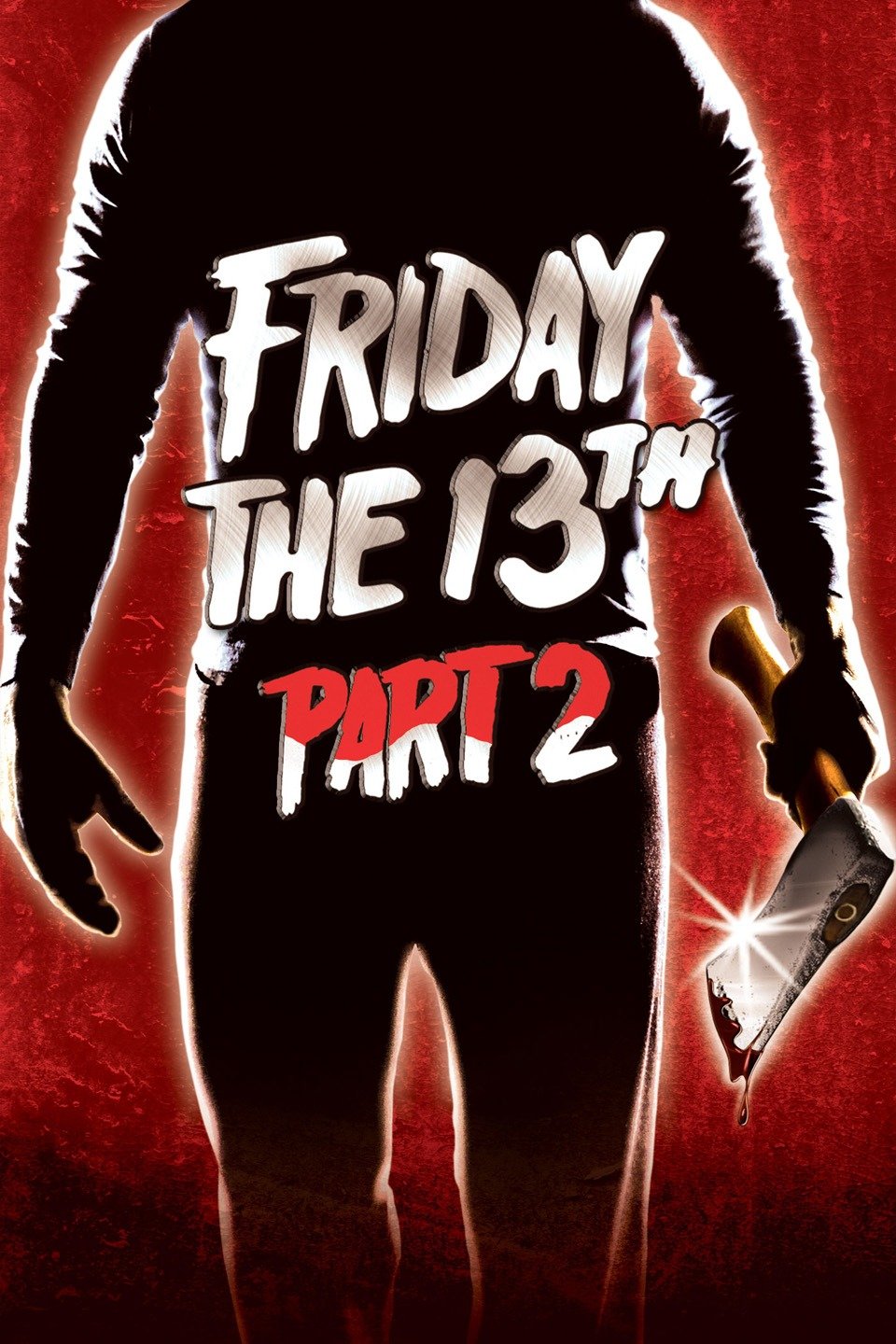Film Focus
Classic Noir: “The Lady from Shanghai – 1947”

Contemporary Noir: “Sin City – 2005”

Classic Noir: “The Lady from Shanghai – 1947”

Contemporary Noir: “Sin City – 2005”

 |  |
Genres: Horror
Question: How has female representation in horror films changed over time? Using the films Friday the 13TH Part 2 1981 (Miner,US) and The Cabin in the Woods 2011 (Goddard, US) ?
| area of film focus | film 1 | film 2 | possible thesis |
| marxist theory | american history x (1998, tony kaye | la haine (1995, mathieu kassovitz ) | violence in youth in america vs france |
Q. How does the ‘Serial Killer’ subgenre change when applied to different cultural contexts, shown with ‘Zodiac‘ (David Fincher, 2007) and ‘Memories of Murder‘ (Bong Joon-ho, 2003)?

Frame of Reference – The context within which you have placed the two things you plan to compare and contrast, which may consist of an idea, theme, question, problem, or theory.
Grounds for Comparison – The reasoning behind your choice that lets your reader know why your choice is deliberate and meaningful, not random.
Thesis – Depends on how the two things you’ve chosen to compare relate to one another; do they extend, corroborate, complicate, contradict, correct, or debate one another?
There are two basic ways to organise the body of your essay:
Text-By-Text – Discuss all of ‘Film A’, then all of ‘Film B’.
Point-By-Point – Alternate points about ‘Film A’ with comparable points about ‘Film B’.
All argumentative essays require you to link each point in the argument back to the thesis. Without such links, your reader will be unable to see how new sections logically and systematically advance your argument.
– A summary of the main points in your argument.
– Should be kept short and sweet.
– More of a round-up than an evaluation.
| CRITERIA: – Provide a credible justification for the choice of task components. – Support your comparative study with accurate film vocabulary. – Demonstrate knowledge and understanding of the task components and the cultural context of the two selected films. – Support your work with a suitable range of relevant sources. – Compare and contrast the selected films, making links to the chosen topic. – Provide an equal treatment of the two films selected for study. |
Film Movements:
– German Expressionism
– Soviet Constructivism
– French New Wave
– Classic Hollywood Cinema
– Parallel Cinema (India)
– South Korean New Wave
– New Hollywood Cinema
– British New Wave Cinema
– New Mexican Cinema
– Dogme 95
– Cinema Du Look (France)
– No Wave Cinema
German Expressionism

Soviet Constructivism

French New Wave

Parallel Cinema

Dogme 95

Film and Cultural Theories:
– Feminist Theory
– Post-Colonial / Critical Race Theory
– Queer Theory (fluidity of sexuality / gender identity)
– Marxist Theory (class)
– Narrative Theory (including screenwriting theory)
– Genre Theory
– Editing Theory (Eisenstein’s methods of montage)
– Film Noir Theory
– Post Modernist Theory
– Auteur Theory
Queer Theory

Marxist Theory

Genre Theory

Film Noir Theory

Auteur Theory

Femme fatale – feminist theory?
Film noir theory?
Post modernism in film – manipulation of narrative/genre?
Marxism theory in film?
Editing theory – experimental film?
South korean new wave?
Soviet constructivism?
No wave cinema?
Classic Hollywood/New Hollywood?
Soviet constructivism?
Film Focus
How culture has affected the interpretation of the war genre
Films
Apocalypse Now (Coppola, 1979) (?)
1917 (Mendes, 2019) (?)
Grave of the Fireflies (Takahata, 1988)